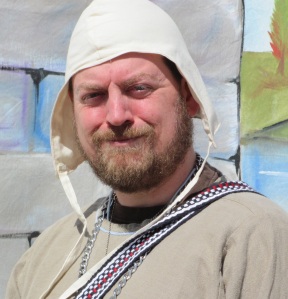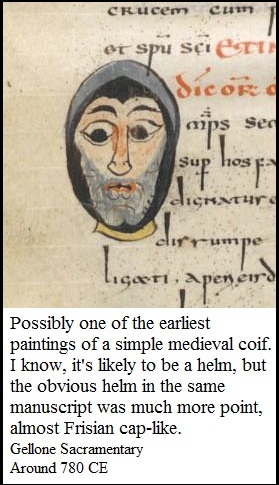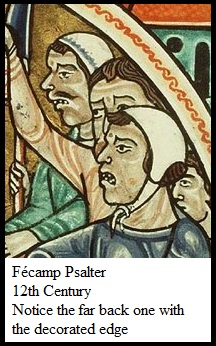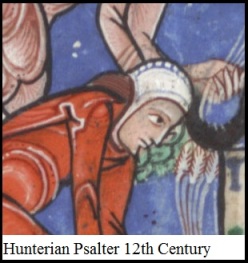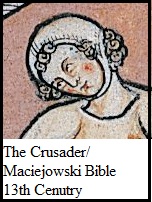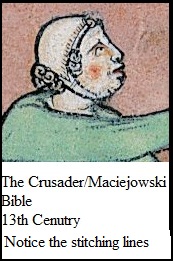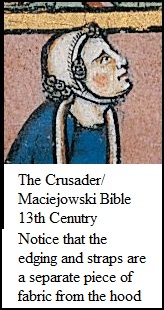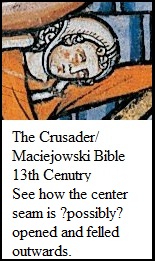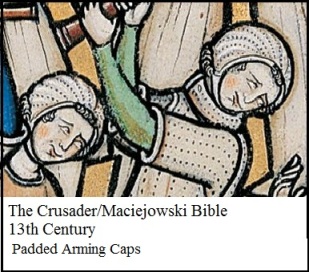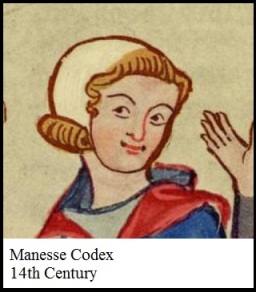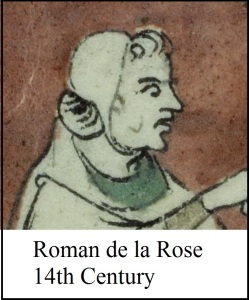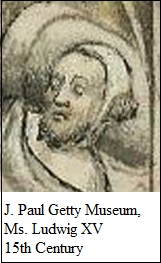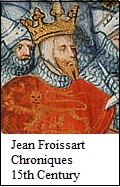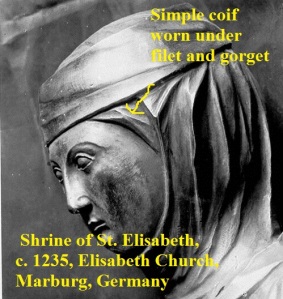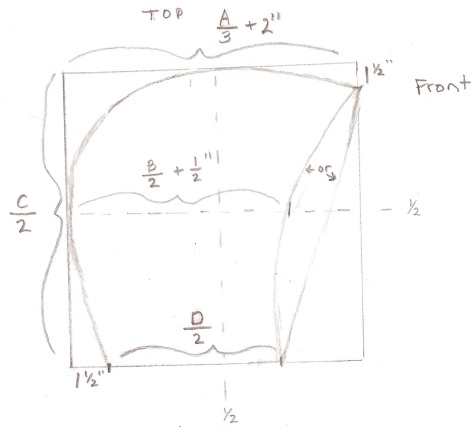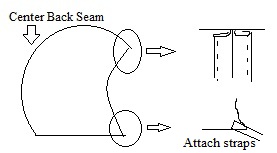The Triangles and the Squares
Lately I find myself warring between writing well and writing quickly. I want to share the information I have as quickly as possible, but my life is incredibly full and full of interruptions. Even though I used to be much faster, I am pretty slow at writing now. As a mother of 5, a Gran of 1, and a constant host to many other children, I feel like my ADD only gets worse over the years. Five solid minutes to myself, even when I’m in the loo, is rare. Keeping one strand of thought in my head at a time is nearly impossible.
Long explanation to say please forgive me if my writing is lack luster and if there are frequent spelling errors, grammar errors, and the even more embarrassing malaprops. I would not mind a correction now and then being sent my way. 😉
On to the goodies. . .
The basic information on measuring for and patterning necklines is in my last post:
https://maniacalmedievalist.wordpress.com/2016/03/23/not-your-normal-neckline-part-2/
This post is mostly about tweaking that method to make the not so round necklines.
Basic Triangular Neckline
The internal area of a triangle is less than a circular shape of a similar size. Let’s start with our basic perpendicular lines with points A, B and C on it (see the previous blog post).
The opening for the back of the neck will be the same rounded shape. Go ahead and connect point A to the point on the horizontal line in a very rounded way. I often use a French curve to get that nice round shape, but that’s not necessary.
To give the hole more space for the head opening, add an inch or so under point C . In this example, we are making a rounded triangular opening. I usually start by making a straight line connecting the point below C to the point on the horizontal line. You can see a bit of the erased line on the image below.

Like we did with the rounded necklines, fold the paper in half along the vertical line and cut out both sides of the hole at once.
To get a hole that has a bit more of a straight edge, do not round out the line as much or at all.

Triangular Neckline with Center Slit
Again, start with your perpendicular lines and points A, B and C.

Below point C, add an inch or so. Connect point C with the horizontal line. With a slightly slanting line, connect point C with the point below it.
Triangular Neck-hole Facing
To make a neck facing or a contrasting colored neckline, start with any of the principles above. Outside of each point, add the desired width of the facing plus a hem allowance. Connect all of the points together in the same basic shape as the original hole.

Triangular Hole with Different Shaped Facing
Some period neckline designs combine different hole shapes and facing shapes. It produces a really cool effect. An example of a triangular hole with a square collar is below. I like to keep the back edge of the hole round. Whether or not your follow that curve with the facing is up to you.

Basic Square Neckline
The square neckline is constructed more like the round neckline than the triangular. You have points A, B and C on your lines. Round the back of the hole. From the side point, go straight down until you are even with point B. From the end of that line, make a rounded or straight connecting line to point C .
That’s it. Fold the paper in half and cut it out.


Square Neckline Facing
Same principle as with the round facing, mark the desired width plus seam allowance outside of the basic points and then connect them.


“Batman” Shaped Neckline
I love this neckline shape and it is totally period! I lump it in the same category as the squares since it is made with a similar method.
From the point on the horizontal line, go straight down until the line is even with or a little below point B. From the end of that line, make a curved line joining it with point C .

Take the same principle to make a square opening with a center slit.

Tips and Tricks
Tip 3: Stay Stitching
Stay stitching is a basic straight stitch made along the edge of the fabric, usually a curved edge. This prevents the fabric from stretching out and distorting.
If you are not using a facing or contrasting colored neckline, make a stay stitch around the opening of your neckline. Like in tip 2 (see previous post), you can do this before you cut out the neck-hole.
Tip 4: Embroidery First
If you are going to embroider the neckline or contrasting neck facing, do this before you put the neckline together. A stay stitch along the edge of the contrasting fabric is also a good idea.
Next up in the neckline series . . . instructions and pictures of actually making a neckline. This may be a while since I have to do it and take pictures before I post.
Until next time – go make some garb!!


















